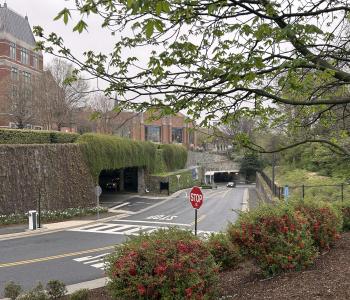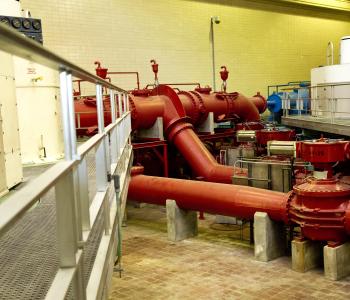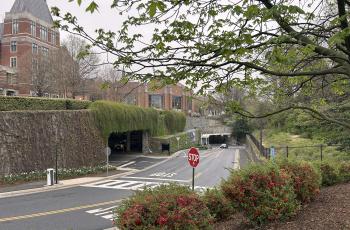DC Water prepares for Hurricane Florence
Hurricane Florence is shaping up to become one of the strongest strikes on record for the Carolinas, though the forecasted impacts for our region have lessened. In advance of landfall, DC Water is preparing its facilities and systems across the District for wind, rain and potential flooding.
The District’s drinking water treatment facilities— operated by the U.S. Army Corps of Engineers Washington Aqueduct— and the Blue Plains Advanced Wastewater Treatment Plant are built to withstand the impact of a devastating storm. Loss of electricity at an individual home or multi-unit building does not impact the delivery of drinking water.
“We are working now to prepare for the effects of Hurricane Florence,” said DC Water CEO and General Manager David L. Gadis. “Delivering critical water, sewer and wastewater services is our core mission and we are taking all steps to continue to do so through the storm. We don’t anticipate any disruptions in service. Further, we have several projects that have come online since the last regional hurricane threat that will provide even greater protection and service delivery.”
For one, DC Water has constructed a flood wall on the Blue Plains Advanced Wastewater Treatment Plant, which is situated on the Potomac River, to protect the plant from tidal flooding.
The DC Clean Rivers Project Anacostia River Tunnel segment was placed into service earlier this year. It holds up to 100 million gallons of combined sewage (stormwater and sanitary sewage) to protect the Anacostia River from combined sewer overflows. Since becoming operational March 20, the tunnel has prevented 2.4 billion gallons of overflows and 146 tons of trash from entering the Anacostia River.
The First Street Tunnel provides 9 million gallons of storage for combined sewage in the Bloomingdale and LeDroit Park neighborhoods which are served by undersized combined sewers. This tunnel was built ahead of schedule to provide flooding relief during rain events for these neighborhoods. Additional projects in the area contribute nearly 4 million gallons of storage.
As of Wednesday, DC Water management and staff have been:
- Proactively planning for weather impacts and emergency response.
- Cleaning catch basins across the District, especially in areas with historic flooding.
- Positioning generators and pumps in locations that have historically needed them.
- Mobilizing portable generators and crews in case stormwater or drinking water pumping stations lose power.
- Ordering and receiving supplies and chemicals in advance.
DC Water also offers the following preparation tips for customers:
- Check gutters and downspouts to make sure they are clear of debris.
- Report clogged or blocked storm drains by calling (202) 612-3400.
For even more information on preparing for a hurricane, please visit dcwater.com/prepare-hurricane.








